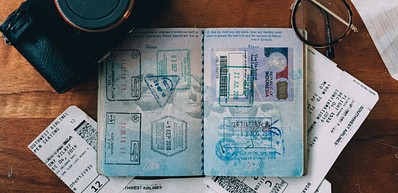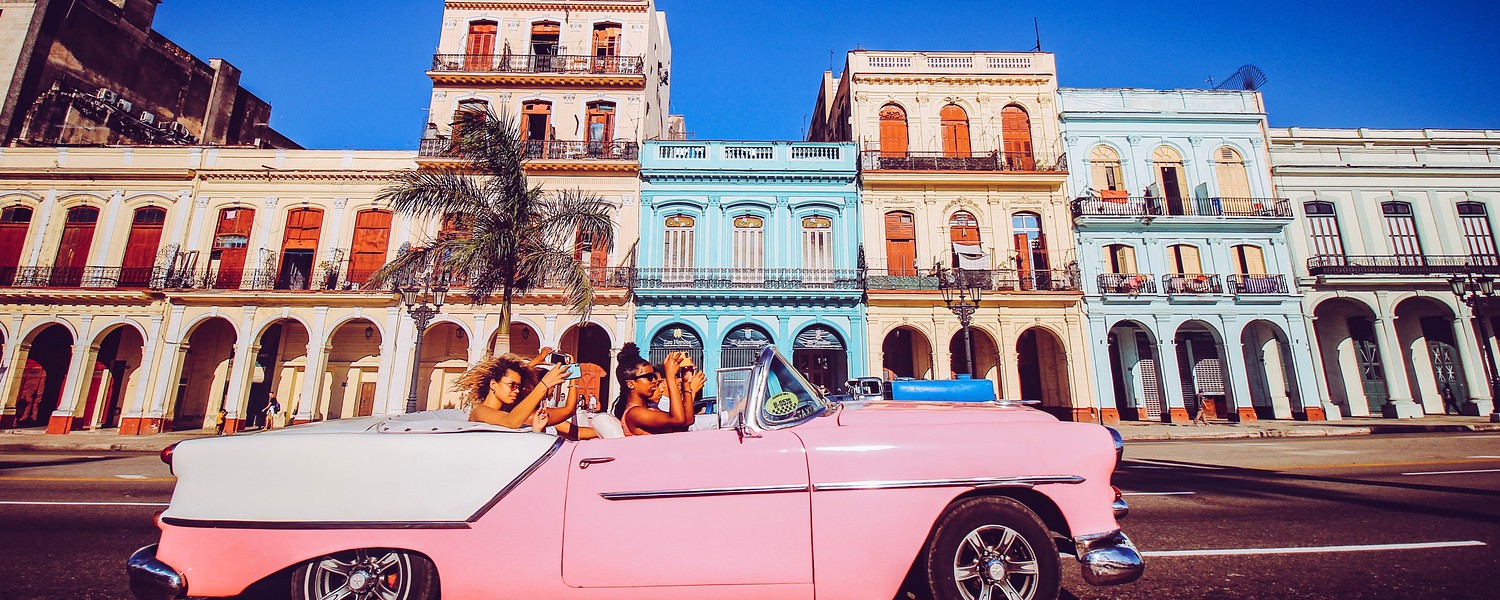
Passport & Visa
Travelers visiting Cuba are required to hold a valid passport valid for at least 2 months following their travel date, medical insurance, and proof of return tickets. Proof of sufficient funds to support the stay is also required (50 dollars/day).
Citizens of Namibia can stay in Cuba indefinitely. Citizens of Benin, Bosnia and Herzegovina, Kenya, Malaysia, Montenegro, North Macedonia, Russia, Serbia and United Arab Emirates can stay for up to 90 days. Citizens of Grenada and Saint Vincent and the Grenadines — up to 60 days.
Pasport holders of Antigua and Barbuda, Belarus, Mongolia, Saint Kitts and Nevis, Saint Lucia and Singapore can travel for 30 days, while travelers form Barbados and Dominica are welcome for up to 28 days
The remaining majority of international visitors will need to obtain a Tourist Card, Tarjeta del Turista, that grants permission to stay in Cuba for 30 days and can be extended once for a further 30. The card can be obtained via the airline, travel agent or a Cuban mission abroad.
Citizens of the following countries are not eligible for a Tourist Card and will need to apply for a visa: Afghanistan, Bangladesh, Cameroon, Eritrea, Ethiopia, Ghana, Guinea, India, Iran, Iraq, Nepal, Nigeria, Pakistan, Philippines, Sierra Leone, Somalia, Sri Lanka, Syria, and Yemen. Admission is refused entirely to Kosovo nationals.
Those who fly to Cuba from US airports must purchase a "Pink Tourist Card" which is mainly available in the US and fill an Affidavit form, airlines in the US will be able to provide more information about how to purchase the Pink Tourist Card. These Pink Tourist Cards are needed for everyone flying from the US to Cuba on a direct route. Those who enter Cuba from non-US airports must purchase a "Green Tourist Card", which is often less expensive.
Special regulations apply to Cuban-born foreign citizens, who will need to make visa arrangements for a Cuban visa in advance (via a Cuban Embassy), unless they hold a valid Cuban passport.
Read more












